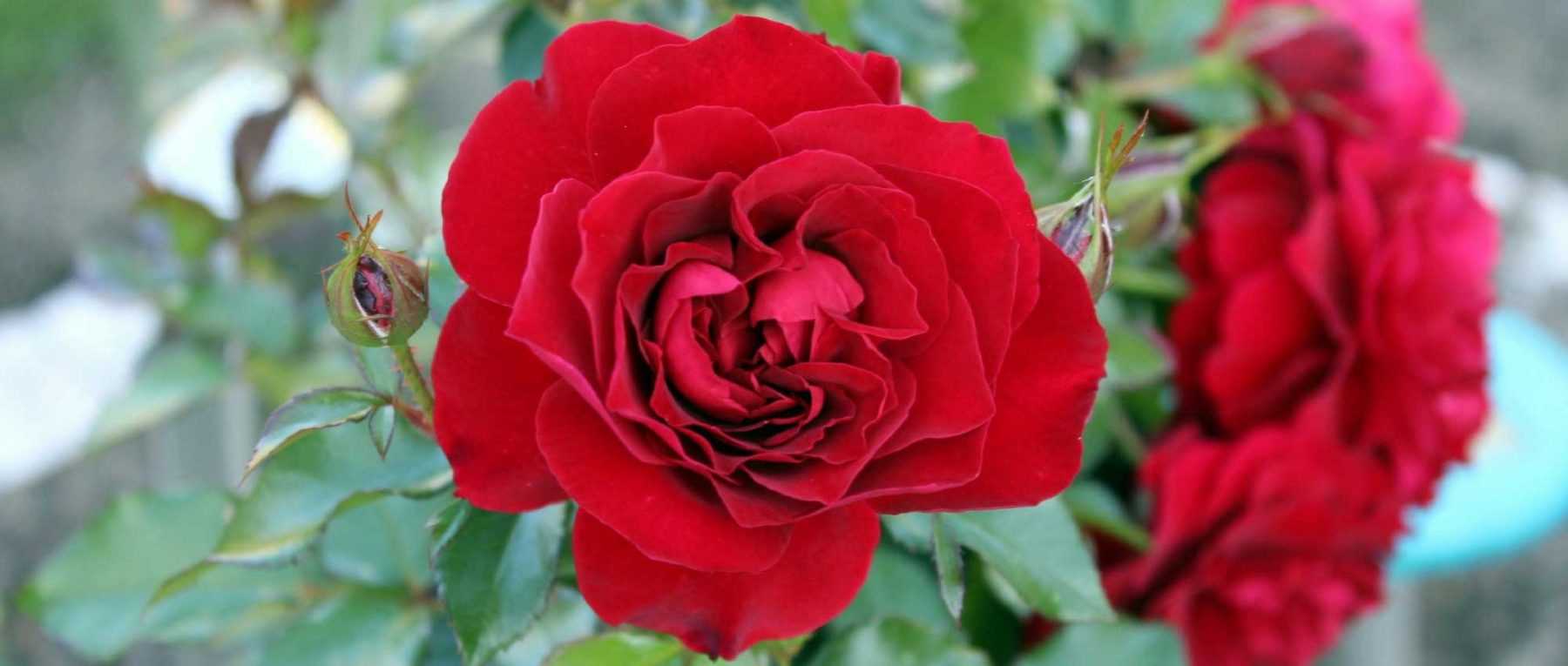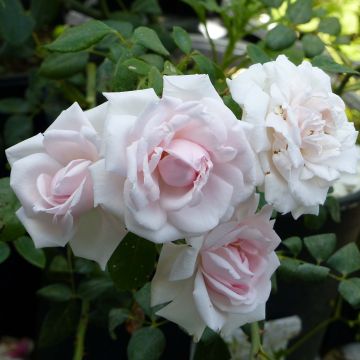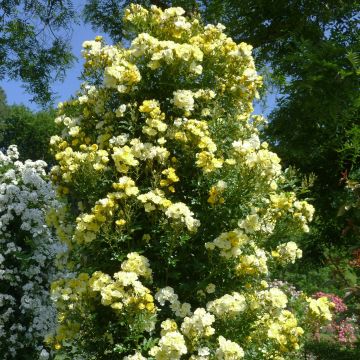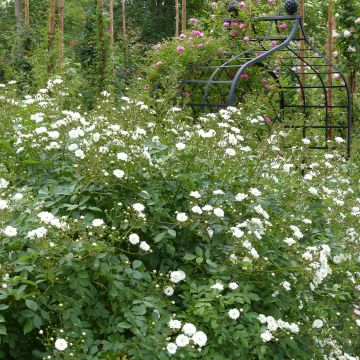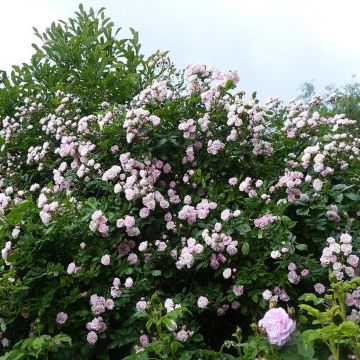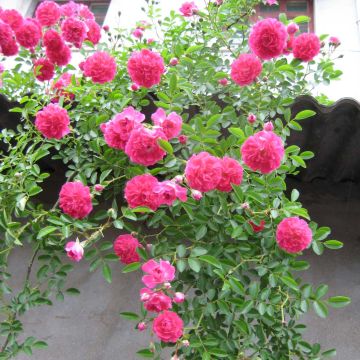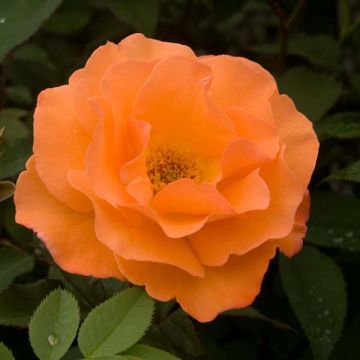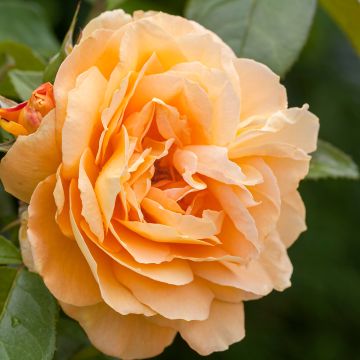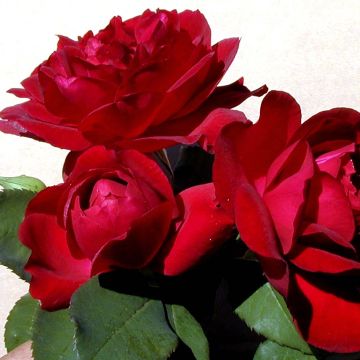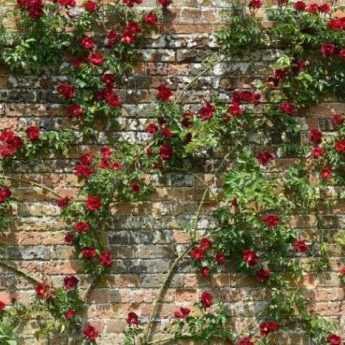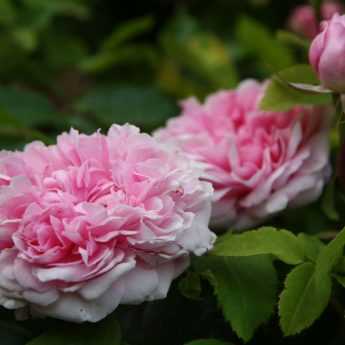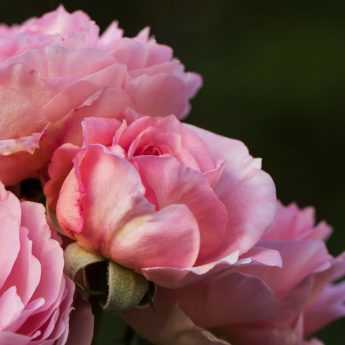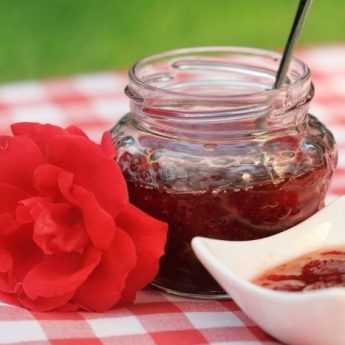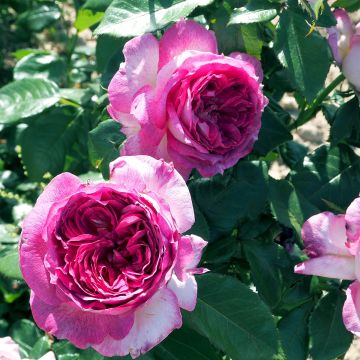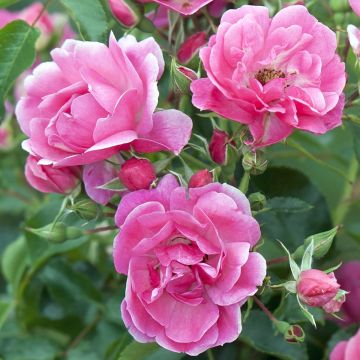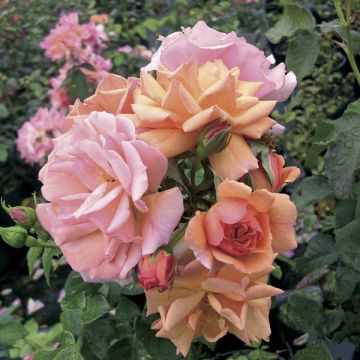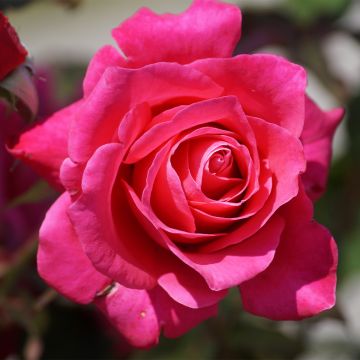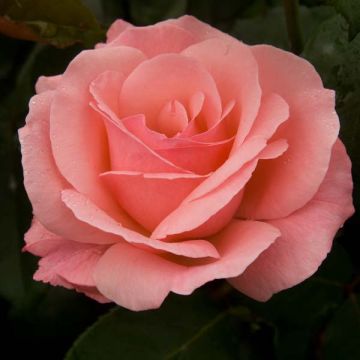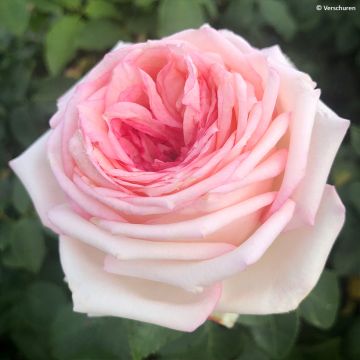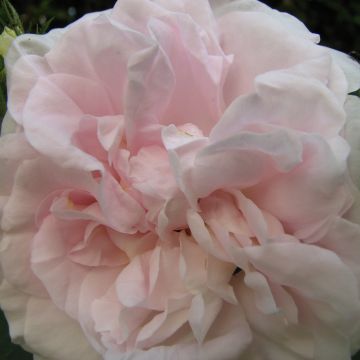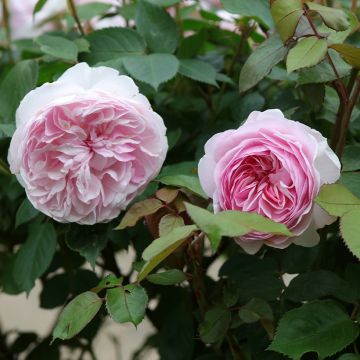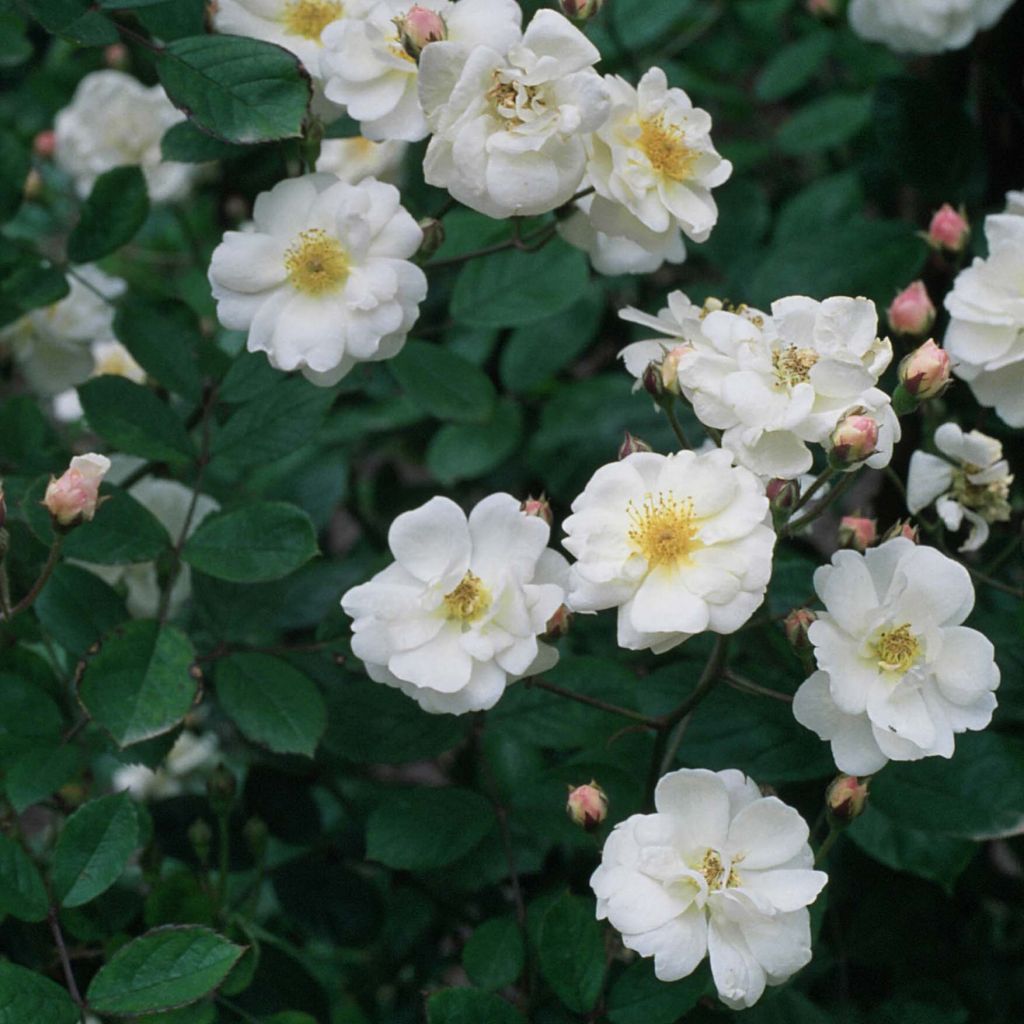

Rosa moschata Trier - Climbing Rose
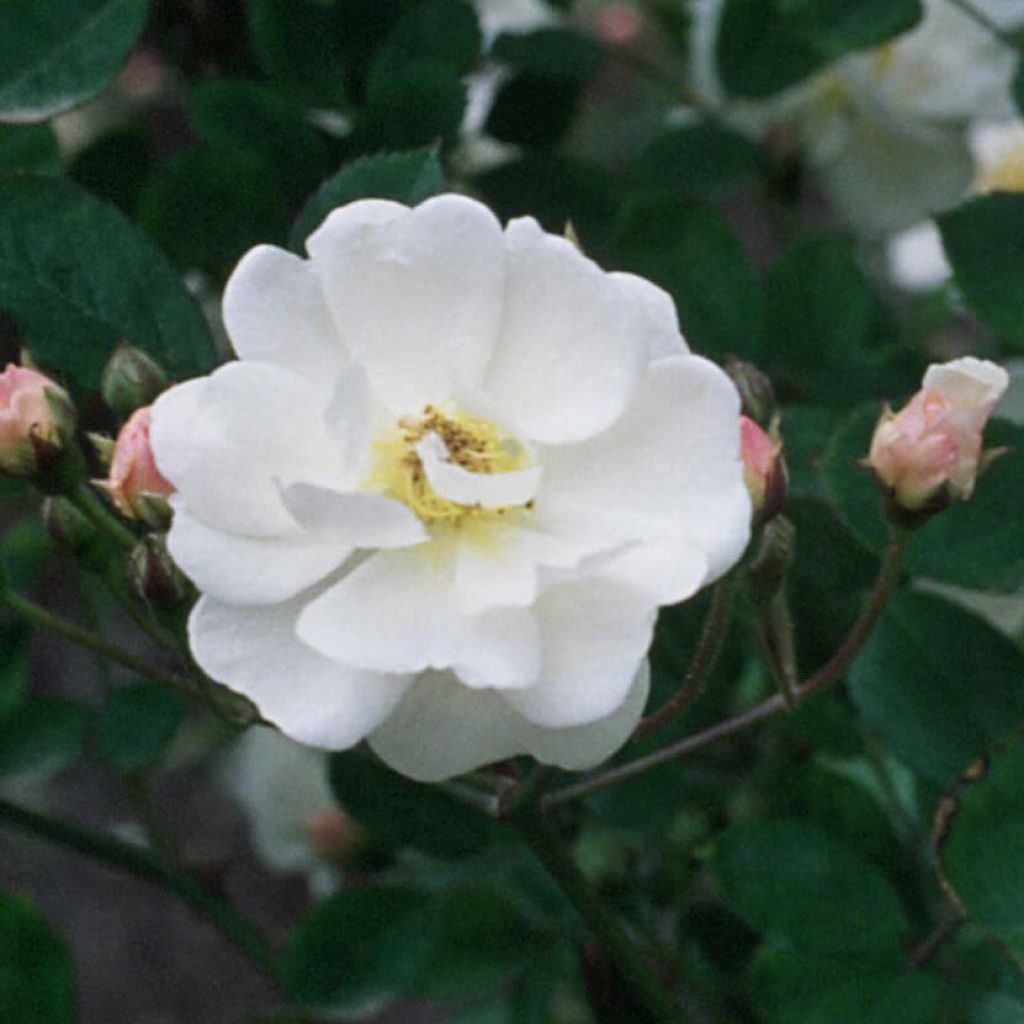

Rosa moschata Trier - Climbing Rose
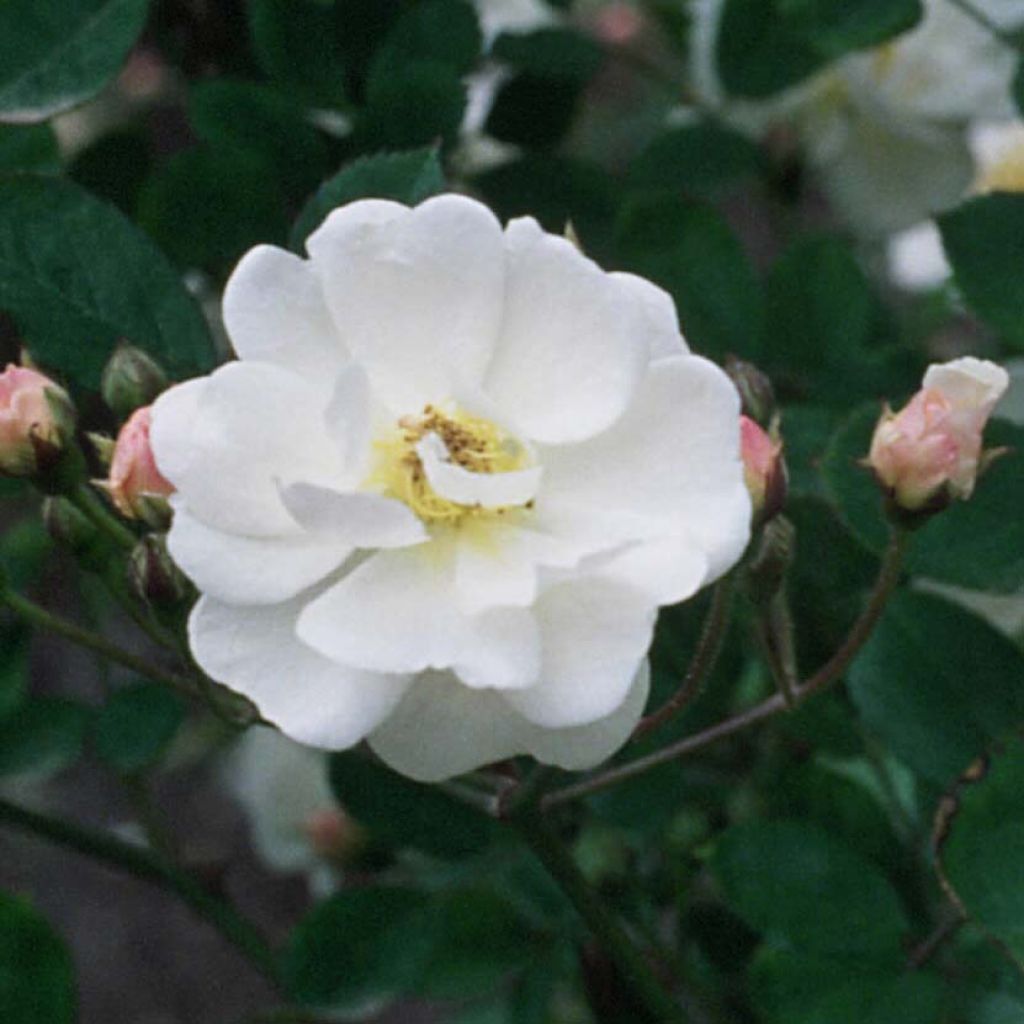

Rosa moschata Trier - Climbing Rose
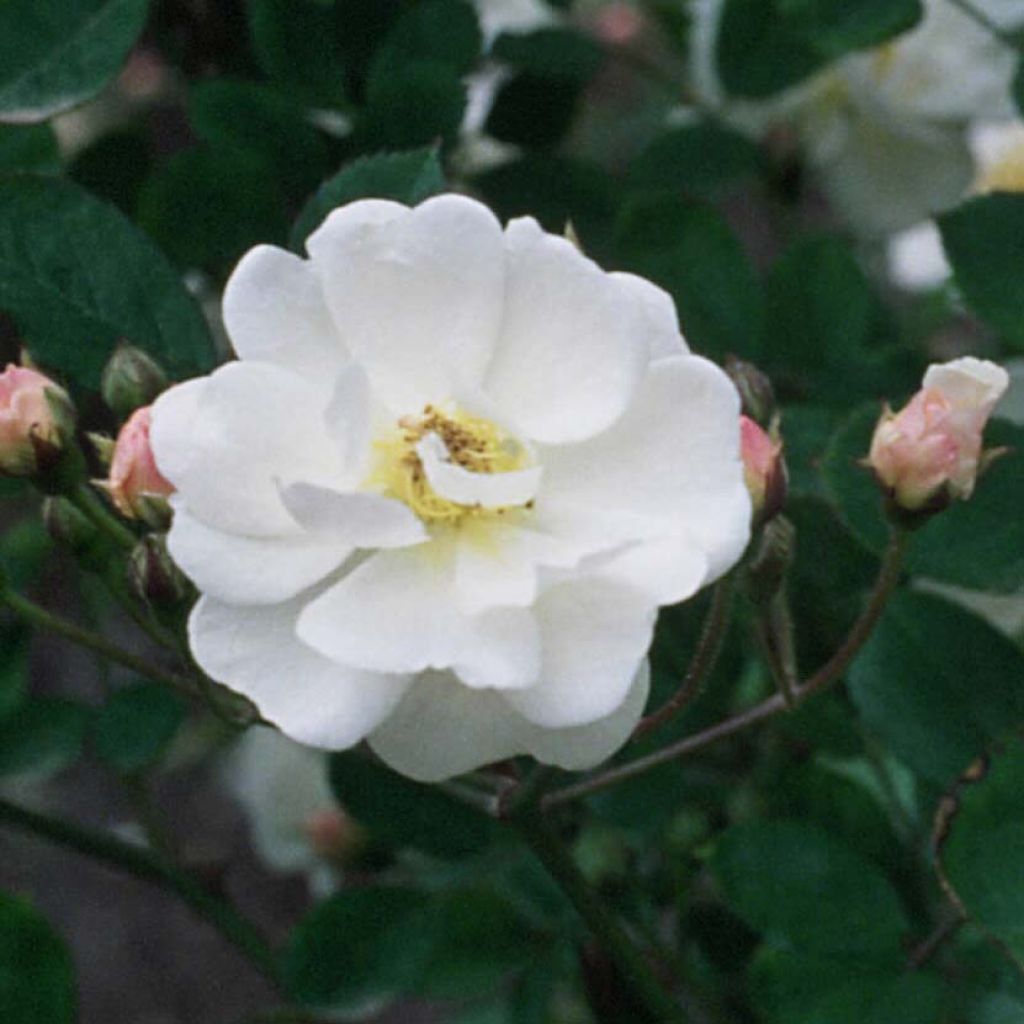

Rosa moschata Trier - Climbing Rose
Rosa moschata Trier - Climbing Rose
Rosa moschata Trier
Musk Rose
This item cannot be shipped to the selected country
Delivery charge from €6.90
Delivery charge from €6.90
More information
Delivery charge from €6.90
Delivery charge from €6.90
More information
Schedule delivery date,
and select date in basket
This plant carries a 6 months recovery warranty
More information
We guarantee the quality of our plants for a full growing cycle, and will replace at our expense any plant that fails to recover under normal climatic and planting conditions.
From €7.90 for pickup delivery and €6.90 for home delivery
Express home delivery from €8.90.
From €7.90 for pickup delivery and €6.90 for home delivery
Express home delivery from €8.90.

Does this plant fit my garden?
Set up your Plantfit profile →
Description
The 'Trier' Rose is a cultivar dating back to 1904, originally the source of many hybrids known as musk roses or 'Pemberton hybrids'. This small climber has given rise to excellent varieties such as Cornelia or Felicia, born in the early 19th century or, more recently, Ballerina. With its highly recurrent and stunning flowering in autumn, this vigorous rose offers delightful bouquets of tiny, almost single flowers, cream-white with a yellow centre and a lovely musky fragrance. They adorn a bush with a flexible and natural habit, endowed with healthy dark green foliage. This climbing rose is easy to grow in all our regions. It is also beautiful in a large shrub bed or a flowering hedge.
The 'Trier' Rose, introduced to the market in 1904 by the German rose breeder Lambert, is likely a mutation that occurred through self-pollination of the 'Aglaia' cultivar. The latter is a hybrid of R.multiflora, with the Noisette rose 'Rêve d'Or' as its parent. The 'Trier' rose has a broad and bushy habit when allowed to grow freely, reaching an average of 1.60m (5ft) in all directions under these conditions. Its curved habit will enable it to be trained on a small support such as a pillar or horizontally stretched cords. In this case, it will climb to 2.50m (8ft) in height. The flexible stems of this sarmentous rose are thorny and bear deciduous foliage, small, slender, and divided into small dark green leaflets. Its flowering is long and continuous, particularly abundant in June-July and October-November. Grouped in large, light panicles, the buds display a soft pink colour. They open into almost single, bicoloured flowers, 3cm (1in) wide. They consist of 6-8 regular, cream-white petals arranged in an open cup, revealing a golden yellow stamen heart. Left to its own devices, it forms lovely orange fruits (rose hips). This rose's disease resistance is excellent, as is its ability to withstand severe frosts of -20 °C (- 4°F).
The 'Trier' rose, robust and vigorous, adapts to all soils that are not too dry and all climates, allowing it to be grown without reservation from north to south of our country, even at medium altitudes. It integrates perfectly into a landscape hedge, enhancing the foliage of dogwoods and viburnums. Due to its very natural habit, it can be trained as a shrub and combined with all kinds of flowering or foliage shrubs. Its flowering will lighten that of other double-flowered roses, such as the English rose 'Spirit of Freedom', or old varieties like centifolia, Variegata di Bologna, and many others. Large-flowered clematis (Lucky Charm, Sucess Bleu de Loire, Star of India) particularly complement its simple little roses.
If you have enough space, English, Old, or Shrub Roses are magnificent planted in groups of three plants. They will grow together to form 'one' opulent shrub that will flower even more generously.
Rosa moschata Trier - Climbing Rose in pictures
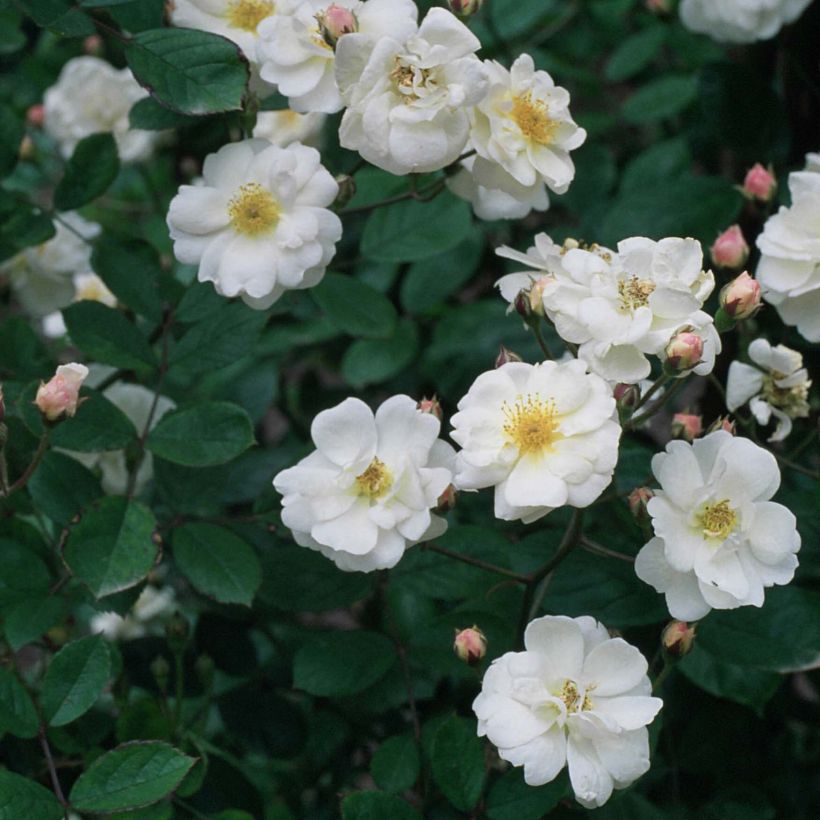

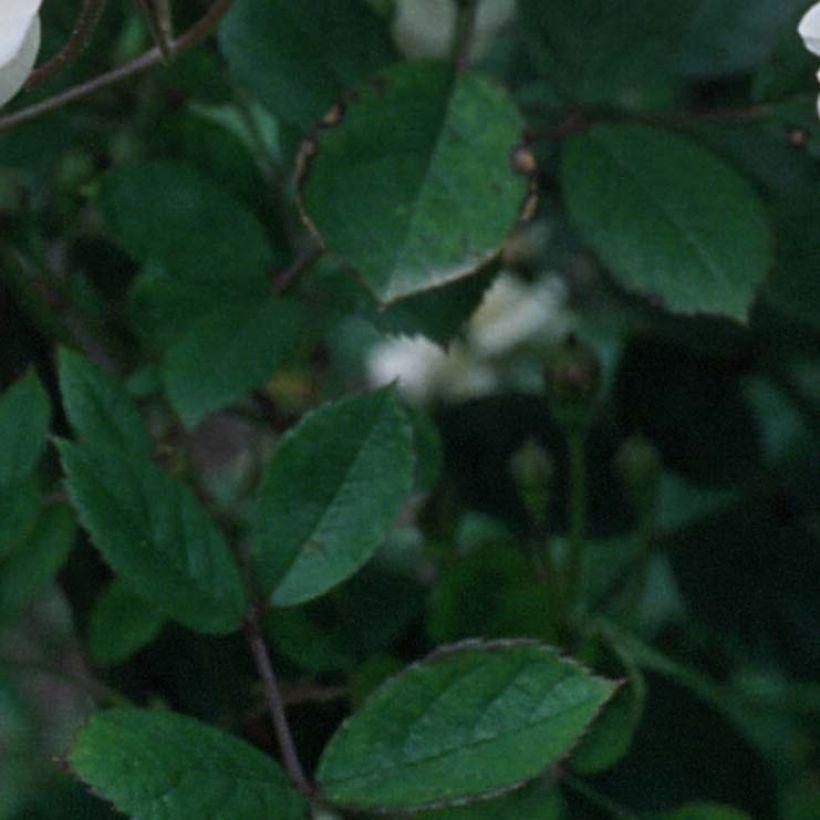

Plant habit
Flowering
Foliage
Botanical data
Rosa
moschata
Trier
Rosaceae
Musk Rose
Cultivar or hybrid
Other Climbing Roses
View all →Planting and care
Plant your Trier rose bush in a sunny or semi-shady location, where its flowers will be protected from strong midday rays. Roses are tolerant but do not like excessive limestone. They will adapt to any garden if the soil is well-worked and rich. If you notice stained or powdery mildew-infected leaves, remove them immediately. This rose bush is naturally disease-resistant and requires no special treatment if the growing conditions are satisfactory. However, humid climates may need a preventive treatment with highly effective sulfur-based products against fungal diseases in spring. To plant your rose bush, work the soil by crumbling it and add an amendment, such as blood, fish and bone, at the bottom of the planting hole. Water thoroughly after planting to remove any air pockets. Water regularly for a few weeks to facilitate root development. Since 'Trier' is a perpetual bloomer, regularly prune the faded flowers. This will promote the growth of new flower buds without exhausting the bush. Renew your rose bush by removing the oldest stems near the stump, then balance the bush by pruning short and long branches. Remove dead wood and lightly aerate the centre of the bush. Choose an outward-facing bud for pruning and make a diagonal cut just above it. As your roses grow, train them to cover your support.
Planting period
Intended location
Care
Planting & care advice
Roses by purpose
Haven't found what you were looking for?
Hardiness is the lowest winter temperature a plant can endure without suffering serious damage or even dying. However, hardiness is affected by location (a sheltered area, such as a patio), protection (winter cover) and soil type (hardiness is improved by well-drained soil).

Photo Sharing Terms & Conditions
In order to encourage gardeners to interact and share their experiences, Promesse de fleurs offers various media enabling content to be uploaded onto its Site - in particular via the ‘Photo sharing’ module.
The User agrees to refrain from:
- Posting any content that is illegal, prejudicial, insulting, racist, inciteful to hatred, revisionist, contrary to public decency, that infringes on privacy or on the privacy rights of third parties, in particular the publicity rights of persons and goods, intellectual property rights, or the right to privacy.
- Submitting content on behalf of a third party;
- Impersonate the identity of a third party and/or publish any personal information about a third party;
In general, the User undertakes to refrain from any unethical behaviour.
All Content (in particular text, comments, files, images, photos, videos, creative works, etc.), which may be subject to property or intellectual property rights, image or other private rights, shall remain the property of the User, subject to the limited rights granted by the terms of the licence granted by Promesse de fleurs as stated below. Users are at liberty to publish or not to publish such Content on the Site, notably via the ‘Photo Sharing’ facility, and accept that this Content shall be made public and freely accessible, notably on the Internet.
Users further acknowledge, undertake to have ,and guarantee that they hold all necessary rights and permissions to publish such material on the Site, in particular with regard to the legislation in force pertaining to any privacy, property, intellectual property, image, or contractual rights, or rights of any other nature. By publishing such Content on the Site, Users acknowledge accepting full liability as publishers of the Content within the meaning of the law, and grant Promesse de fleurs, free of charge, an inclusive, worldwide licence for the said Content for the entire duration of its publication, including all reproduction, representation, up/downloading, displaying, performing, transmission, and storage rights.
Users also grant permission for their name to be linked to the Content and accept that this link may not always be made available.
By engaging in posting material, Users consent to their Content becoming automatically accessible on the Internet, in particular on other sites and/or blogs and/or web pages of the Promesse de fleurs site, including in particular social pages and the Promesse de fleurs catalogue.
Users may secure the removal of entrusted content free of charge by issuing a simple request via our contact form.

































